After spending two weeks in southern Thailand, Tara and I made our way up to Bangkok in order to get our Burmese visas. After having been shut for a week due to Songrkan, the line was wrapped around the building, but the whole process was relatively easy and the next day we had our visas- just in time for our flight to Yangon the following day.
Burma has received a lot of positive press over the past couple of years, especially in the travel blogging community. It’s been called things like “the undiscovered gem of Southeast Asia” with people urging everyone to get there before, er, everyone else gets there. And while Burma isn’t up to Thailand levels of tourism, it is definitely not the “off the beaten path” destination it may have been two or three years ago.
But just because it has been discovered by the backpacking masses doesn’t make Burma bad place to travel. Does Burma live up to the hype? That’s probably a personal call. I didn’t love it or hate it. Things are still relatively cheap, the majority of people don’t seem to be jaded by the tourist industry and are still friendly and helpful, and I for one will never be heard complaining about greater access to WiFi.
What were my favorite parts of my two week stay in Burma?
Yangon
Yangon, also known as Rangoon, was once the capital of Burma and was my first stop in the country. It may have been because Yangon was my first real non-Western city of the trip, but I was immediately taken with the dilapidated buildings, golden pagodas, and lack of McDonalds. And it may have been because I was coming from Thailand, where I felt like I was constantly being taken advantage of, but the people in Yangon seemed eager to help you find your way or make you comfortable. Even the taxi drivers would negotiate down to a semi-reasonable price!
One of the highlights of my short time in Yangon was eating breakfast at a tea house. Tea houses are extremely commonplace around the country and act as gathering points for the community. They serve tea, coffee, snacks, and small meals and are usually open from morning until late afternoon or evening. Tara and I went with Lucky Seven Tea House, one recommended in the Lonely Planet and countless other websites that was near our guesthouse. We were the only foreigners in the place, a common occurrence anywhere we ate in Yangon, but felt welcomed. The waiter poured us tea and handed us a menu with no prices. Tara and I pointed to a few things: pork buns, milk noodles, and potato curry with parata. I also ordered a milk tea which began an obsession. Our table was covered with food and when we asked the price at the end we both asked the waiter to repeat himself about three times because we though we were mishearing him. 3,000 kyat. Or about US$3.
Yangon is crumbling sidewalks and street side food stalls. It’s cars made for driving on the left side of the road driving on the right. It’s power cuts next to development. Yangon was a real city, unlike some of the other cities in the country that felt decidedly touristic. It was place where I felt like I was probably in the Burma people talked about years ago.
Shwedagon Pagoda
I’m not much of a temple person. I mean, I end up visiting a lot of them and enjoy it, but it’s usually a rather quick affair. I wander around, take a few photos, maybe read a few placards if there are any, and leave. Shwedagon Pagoda was an entirely different story though.
The 99 meter tall pagoda sits atop Singuttara Hill and is spottable from most parts of the city. On our first night in Burma Tara and I went over to the bank of Kandawgyi Lake for sunset beers, something that would become a bit of a tradition in our Southeast Asia travels. For a few hours we sat there and watched the sun set over the lake and the golden stupa. The sunset that night was one of those ones you hope for but rarely see- colorful and endless. It was a lovely introduction to Burma and Shwedagon Pagoda.
The next day we decided to actually visit Shwedagon. A lot of tourists choose not to enter the temple complex because you are handing US$10 straight into the hands of a corrupt government. I made every effort while in Burma not to spend money at government run businesses, but did make myself a few allowance, like this.
The best time to visit the pagoda is in late afternoon. This gives you enough time to wander around in full daylight and then watch the sky get darker and the lights come on.
It’s hard to describe the splendor and size of Shwedagon without sounding like a cliche guidebook. The complex is huge and filled with worshippers and monks of all ages. The sun shines off rubies and diamonds and it seems like everything is covered in gold plating.
One tip: either remember what exit you came in (which can get difficult as you walk around the circle many times) or carry your shoes in your bag with you. I left my shoes at a checkpoint near one of the entrances and had a very difficult time remembering where to go out.
Trekking from Kalaw to Inle Lake
This trek was both a high and low point for me. Before I get into the specifics I will give you three pieces of advice should you ever embark on your own Burmese trek: wear proper footwear (ie not Converse), choose your trekking partners wisely, and maybe have worked out sometime in the past year or so.
After taking a night bus from Yangon to Kalaw, a chilly hill town in the Shan State, we met up with a guy we’d met in Bangkok and began the search for a company to trek with. After getting harassed by the owner of our guesthouse (DO NOT stay at the Golden Lily), we decided to book with Uncle Sam, a company we’d read a lot of positive reviews about. We chose the three day, two night option which covered about 62 kilometers of walking. The cost for the trek was around US$30 and included accommodation, two guides, all meals, and luggage transfer from Kalaw to Inle Lake.
The first day started off easily with a walk out of town and a mostly flat trek through a forest with a lot of shade. This was important was we were trekking in the hottest month of the year and with no cover the sun was relentless. A few hours in we made it to a small lake which was a nice resting point. After a small ascent we reached a village with a monastery that was filled with small children who were very excited to see us and play with our cameras. A small photo shoot took place where the children would take photos of each other or us and then laugh when they saw the results.
After lunch we walked along the railroad tracks of infrequent government run trains and through farms dotted with small villages until we reached our homestay for the night. This was the most remote place I’ve ever been in my life. There was no electricity or running water. Water buffalo and chickens roamed the unpaved streets, and small children drove wagons through the village.
The next day was significantly more difficult. We began with a steep ascent. My asthma, lack of fitness, and the blisters developing on the soles of both my feet made each step agonizing. I tried to go slowly and take in views that I was walking past instead of only focusing on the pain.
The rest of the day was flatter, but hot. We walked on dusty red roads that seemed to be miles and miles from any sort of civilization.When we reached our homestay village by mid-afternoon I was thrilled- a place to take off my socks, put my feet, and drink a few cups of green tea before a big meal and good night’s sleep.
The final day was agonizing. We made one last push on the main road before descending down to the lake. By this time the blisters had made it nearly impossible for me to walk normally and I lagged behind the group, cursing myself for deciding to take the three day option. When we reached our lunch spot I collapsed in pain and happiness and rewarded myself with two plates of noodles and a cold Coca Cola.
Though the trek was physically and mentally exhausting for me, it was also one of the most rewarding things I’ve done. It took me out of my comfort zone and allowed me to see a part of the world I’ve rarely seen. We did encounter a few other trekking groups in various villages, but it was nothing like the trekking amusement land of Sapa in Vietnam. This was a place where people didn’t speak English, they didn’t want anything from you, but were happy to have you there. This was Burma.
Eating and Drinking in Inle Lake
After finishing the trek and arriving in Inle Lake I was so mentally and physically exhausted that the thought of doing anything remotely touristy made me want to cry. I also couldn’t walk normally due to the huge blisters on the bottoms of both my feet. Tara and I thus made the executive decision to use Inle Lake as a rest and recuperation town. We spent the first evening showering off the thick layer of red dust that covered our entire bodies, eating pizza that would cause Italians everywhere to run quickly away from the restaurant, downing $1.50 mojitos, and reuniting with the Internet.
The following day we hired a tuk tuk to take us to Red Mountain Estate, a winery outside of town. As to be expected in Asia, the wine wasn’t fantastic, but it was cheap and palatable. We started off with their small wine tasting (only US$2!) and the warm afternoon passed by quickly as polished off a couple bottles of our favorite red and sampled some of their surprisingly good German-influenced fare. We also treated ourselves to an upscale meal at View Point, a restaurant that takes traditional Shan dishes and reinvents them. It cost more than I would normally spend on a meal in Southeast Asia, and wasn’t exactly traditional, but it was a nice break from the norm and a fun way to see some of the dishes we’d eaten on the trek recreated.
Temple hopping in Bagan
As a place in and of itself, Bagan was pretty disappointing. As home to probably the biggest tourist attraction in the country, the city has been set up to cater to tourists. Underwhelming restaurants serving the same menu of burgers and Chinese stir frys and small motels line the main road in town. Everything is pretty spread out which makes getting around a little difficult, especially as I was a little nervous to ride my bike with no lights around after dark. In spite of that, taking a day to explore the temples of Bagan is pretty much required if you’ve made it to Burma.
Because it was hot, I’m moderately lazy, and also horrible at reading maps and navigating places, Tara and I rented a horse cart for a half day tour instead of taking bicycles. Animal abuse aside, this proved to be a good decision as a lot of the temples are very far apart and I for sure would have been lost and sweaty, a horrible combination.
Bagan was the capital of the Kingdom of Pagan from the 9th to 13th centuries and was once home to as many as 10,000 Buddhist temples. Today the remains of about 2,500 of those temples are still standing. My favorite of the temples were the less famous ones where it was possible to climb to the top and wander around inside in relative peace. Because Bagan is located in the plains, it is possible to look out and see stupas dotting the fields all the way to the horizon. The archeological remains here are often compared to those of Angkor Wat in Cambodia, but the difference in landscape (plains versus jungle) and architecture make these two sites extremely different to visit.
Unfortunately, as with any major tourist attraction in Southeast Asia, the touts have come and at the larger, more famous temples you will be surrounded by children trying to sell you postcards and Buddha figurines. They are relentless and though were able to discuss Barack Obama’s visit to Burma with near English fluency, they didn’t seem to understand the meaning of the word ‘no’.
Finding beauty in Mandalay
Mandalay was our last stop in Burma. We purposely didn’t plan much time there as reviews from other travelers weren’t particularly positive. And while I completely agree that Mandalay is no a great city to visit, there was some beauty to be found.
Sandamuni Paya, a collection of 1,774 marble slabs with Buddhist teachings engraved on them, is a site unlike many others in Burma. Each marble slab is housed in what can only be described as a mini-stupa. Each mini-stupa is painted white and they stretch out in rows, each topped with a gold ball.
Rising 240 meters, Mandalay Hill overlooks the entire city and is a nice place to watch the sunset. We arrived slightly before the sunset which gave us time to explore Sutaungpyei Pagoda, which lies on the summit. Soon, though, the sun began to get lower in the sky, and although it wasn’t as spectacular as some of the others we had seen, it was still a beautiful way to end our time in Burma.
Have you been to Burma? What was your favorite place? Where would you like to visit in Burma if you had the chance?

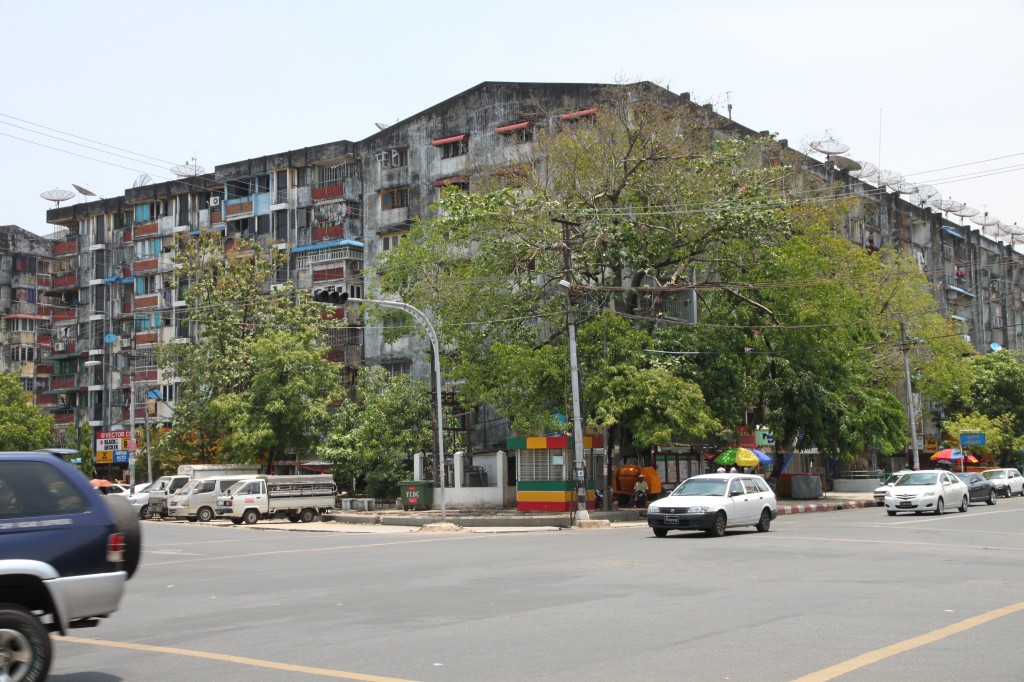
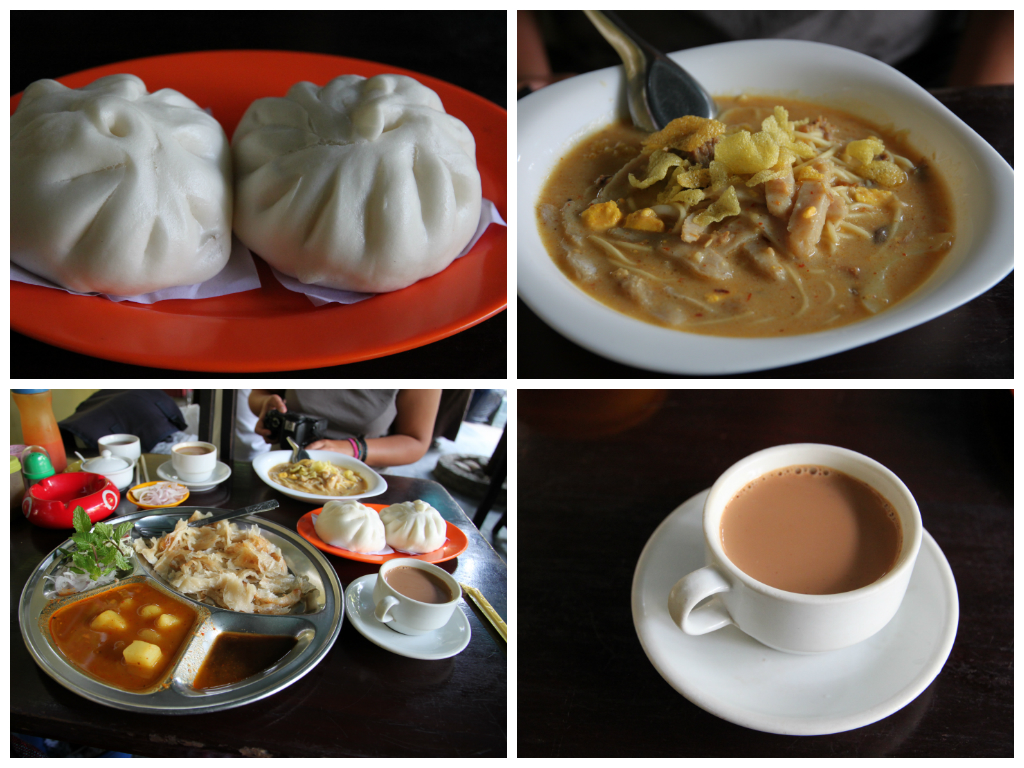
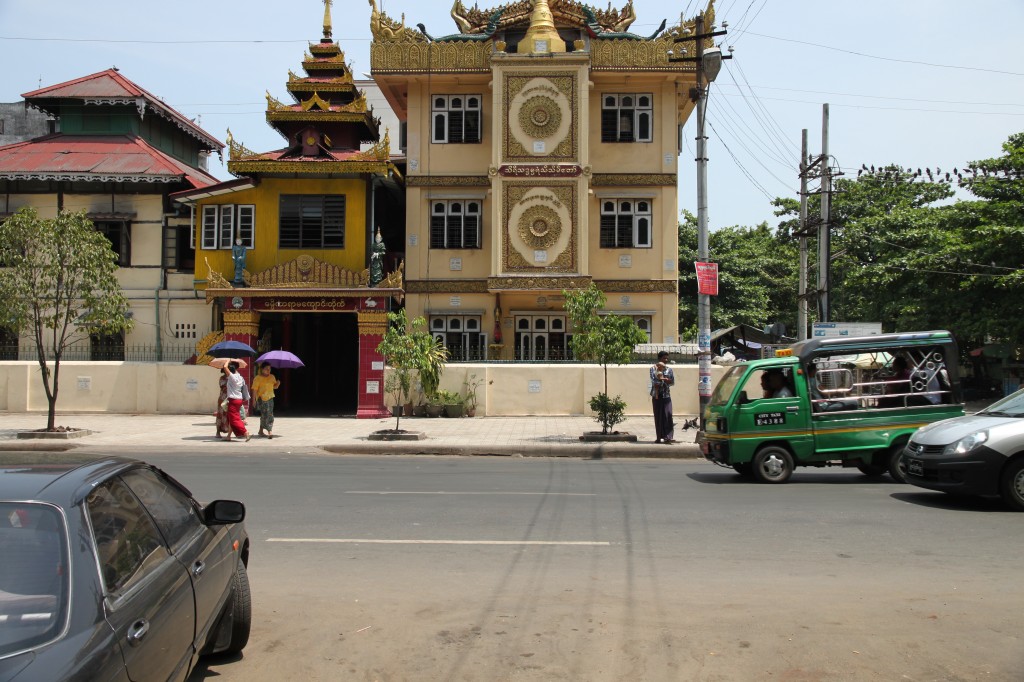
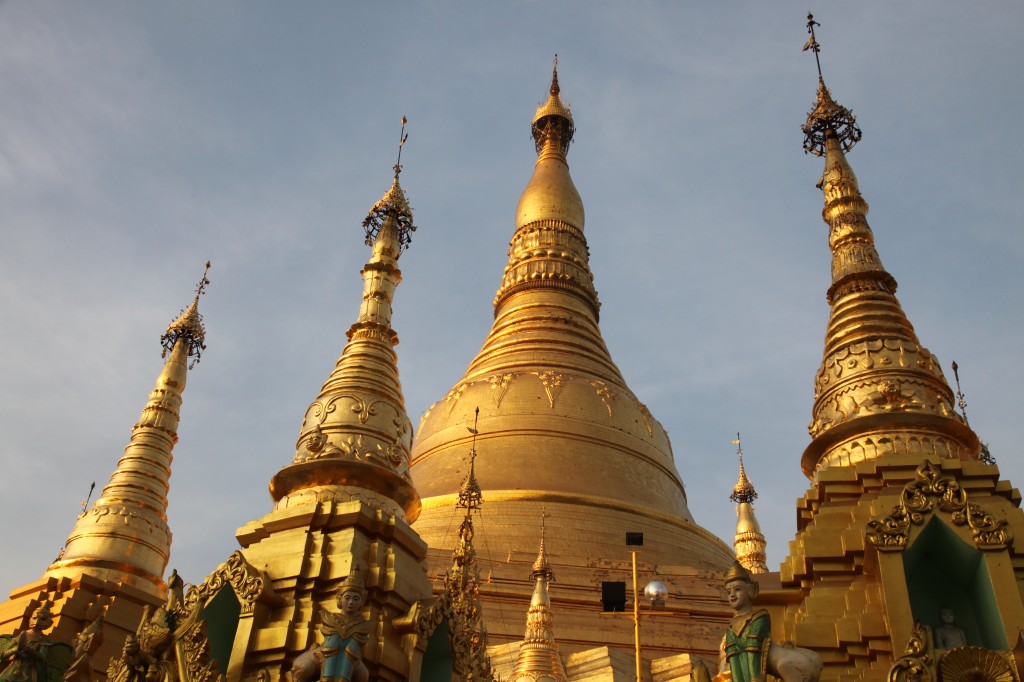
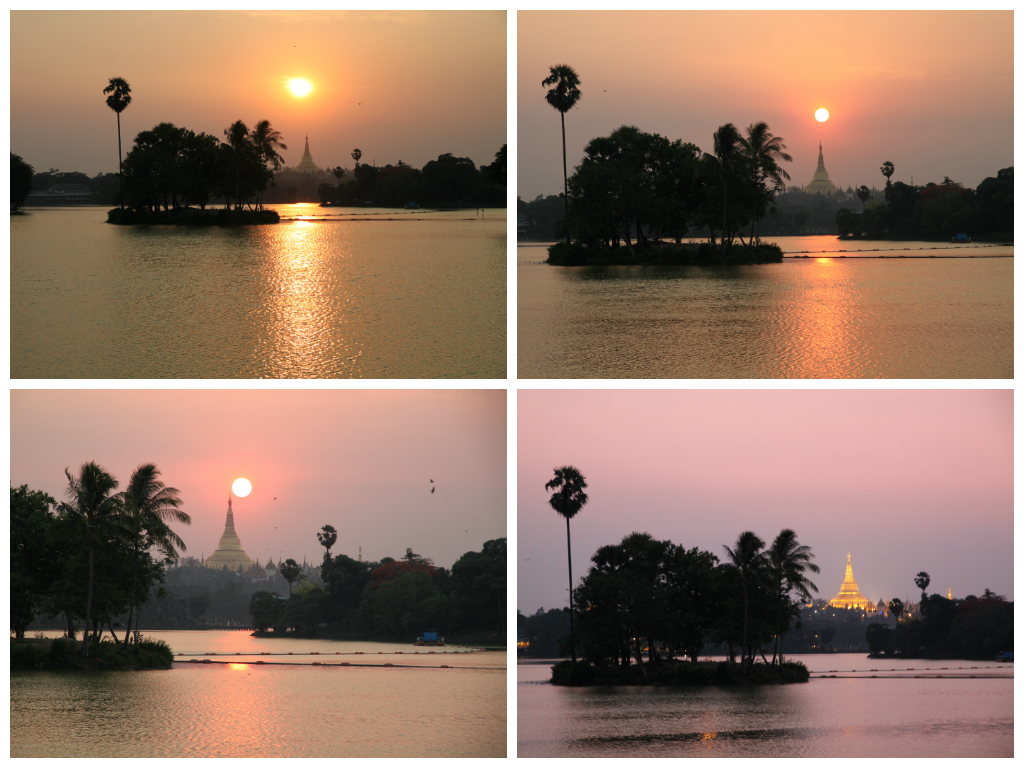
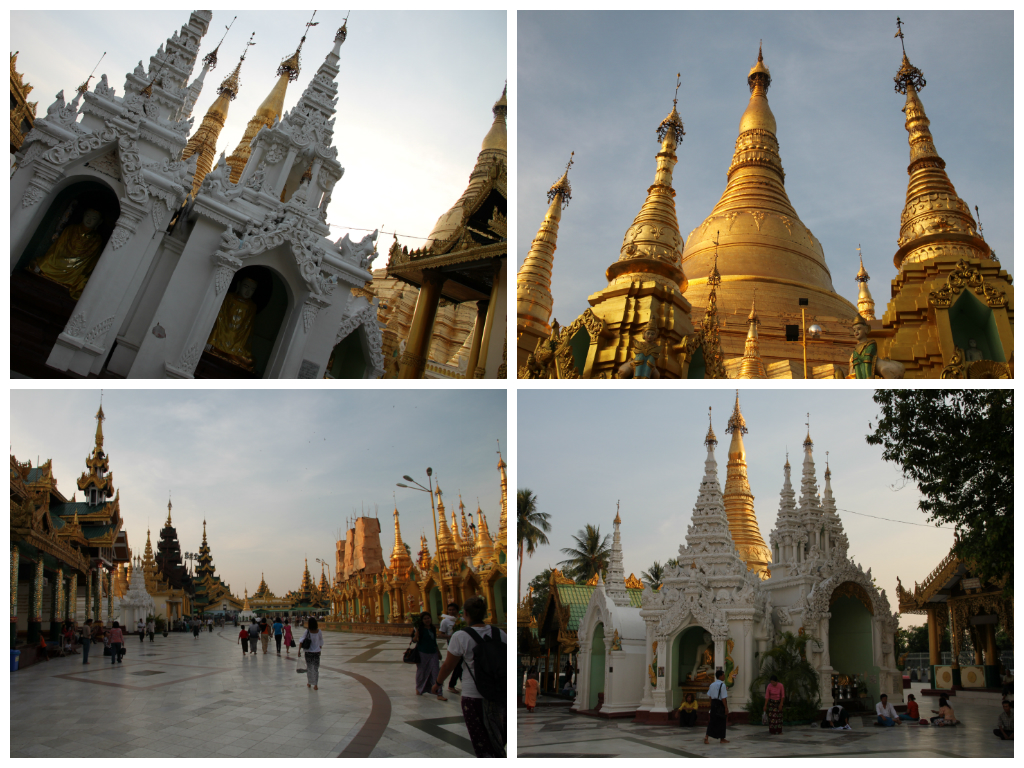

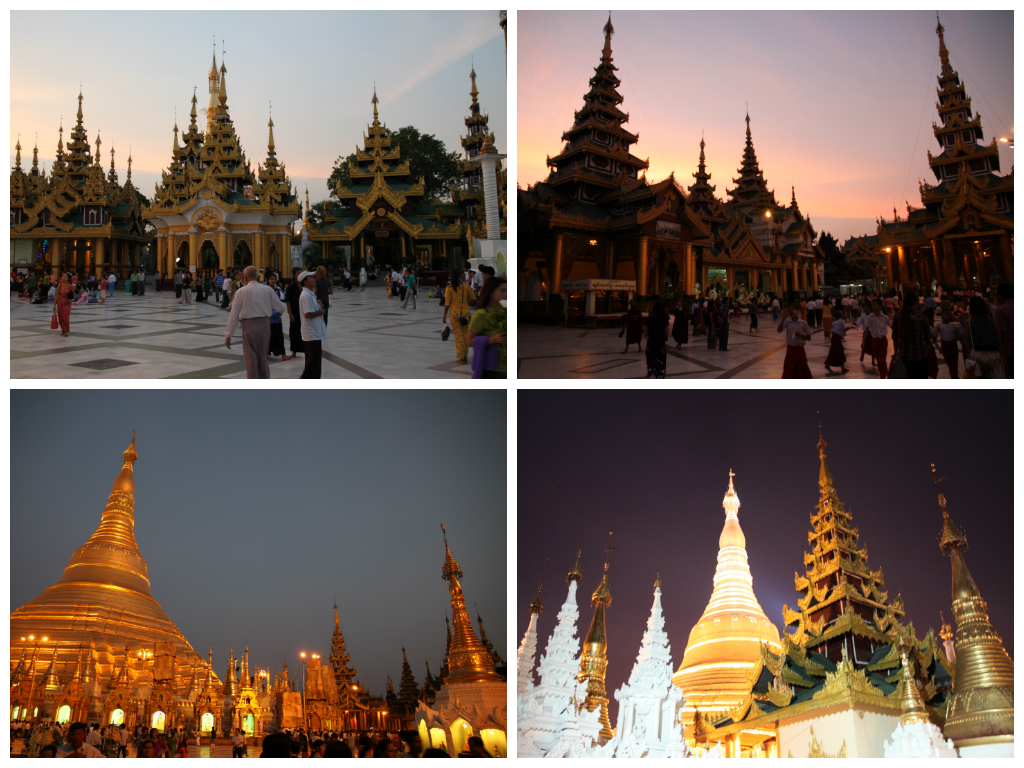
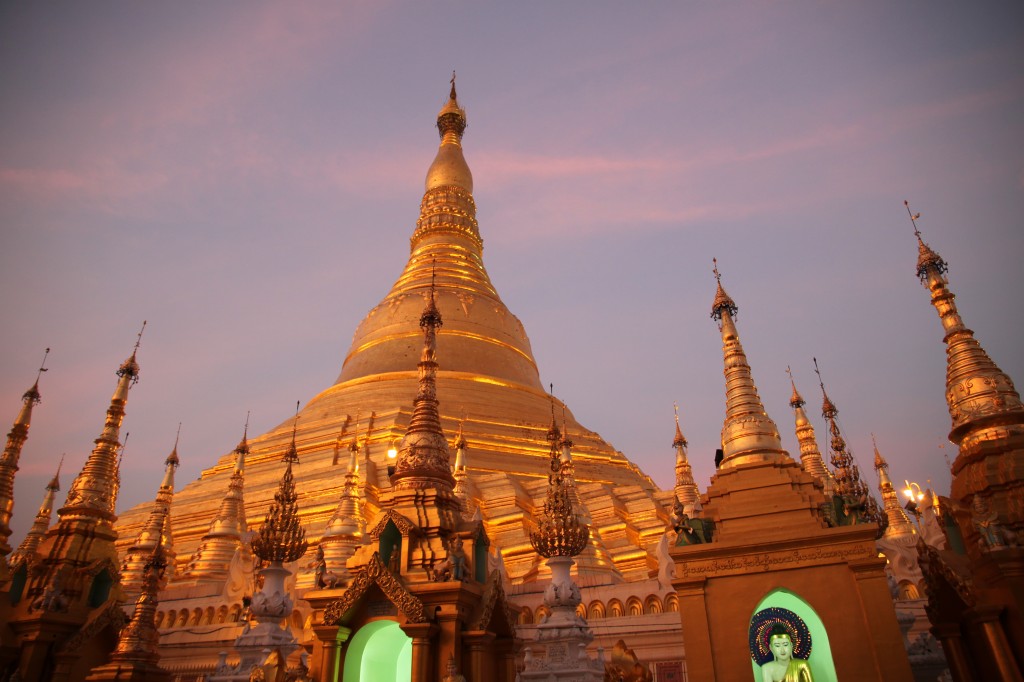
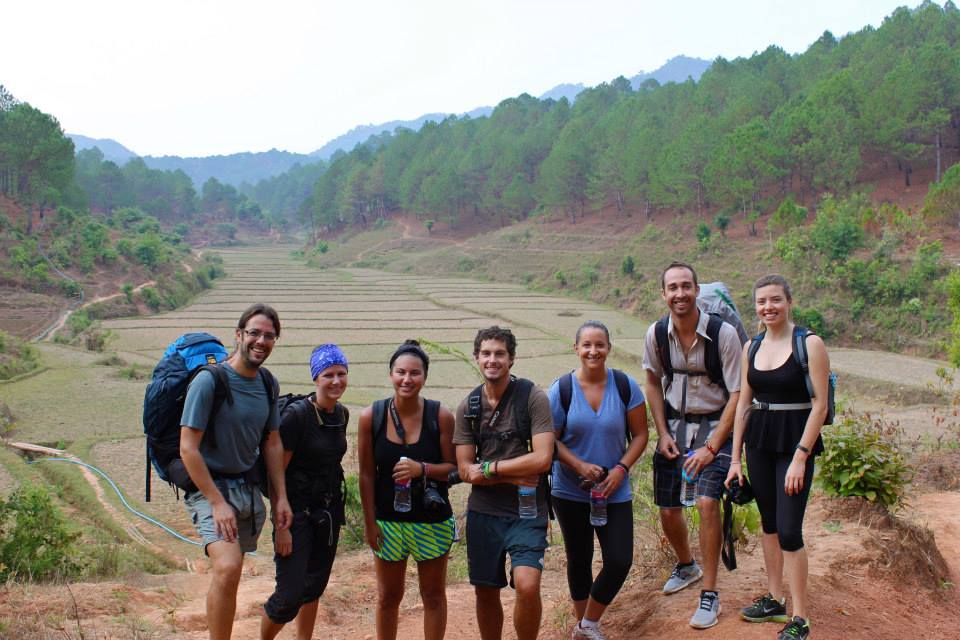

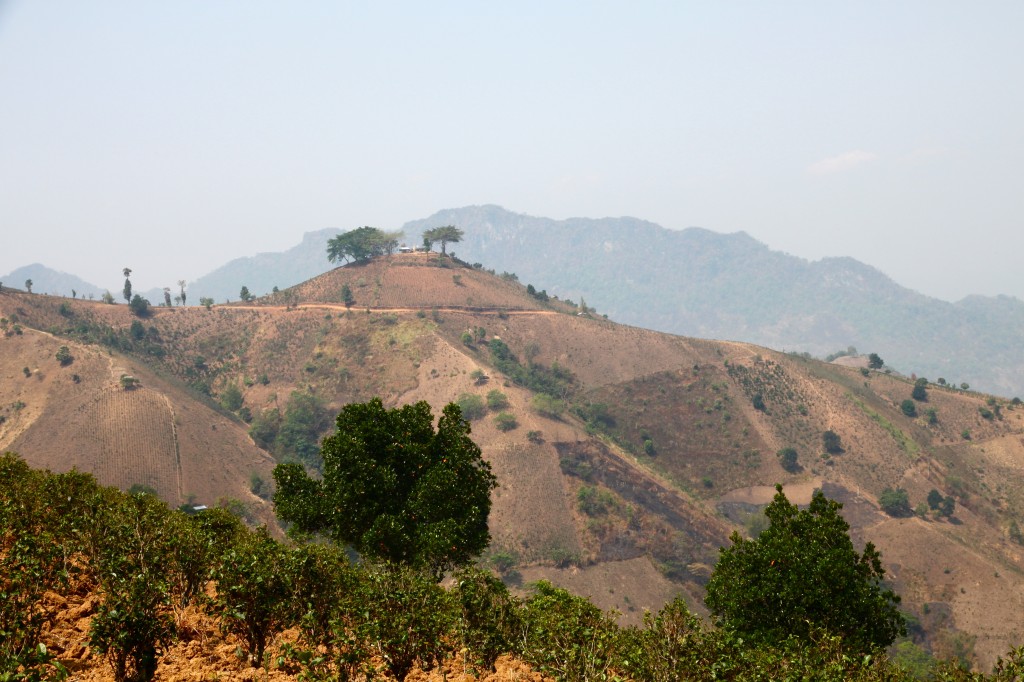
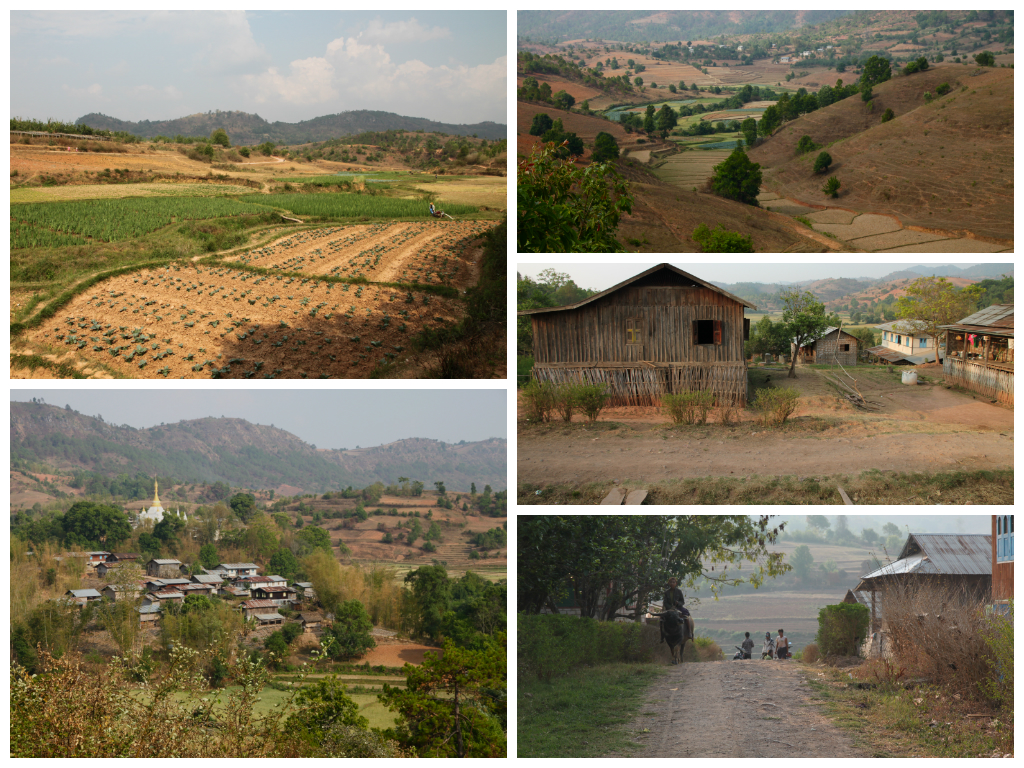
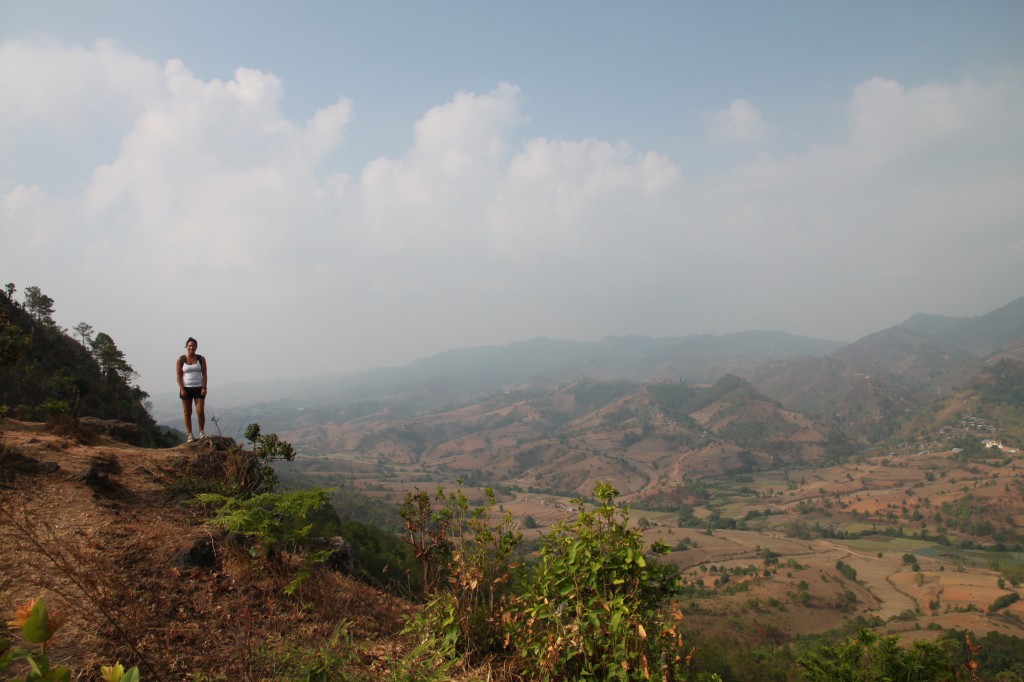
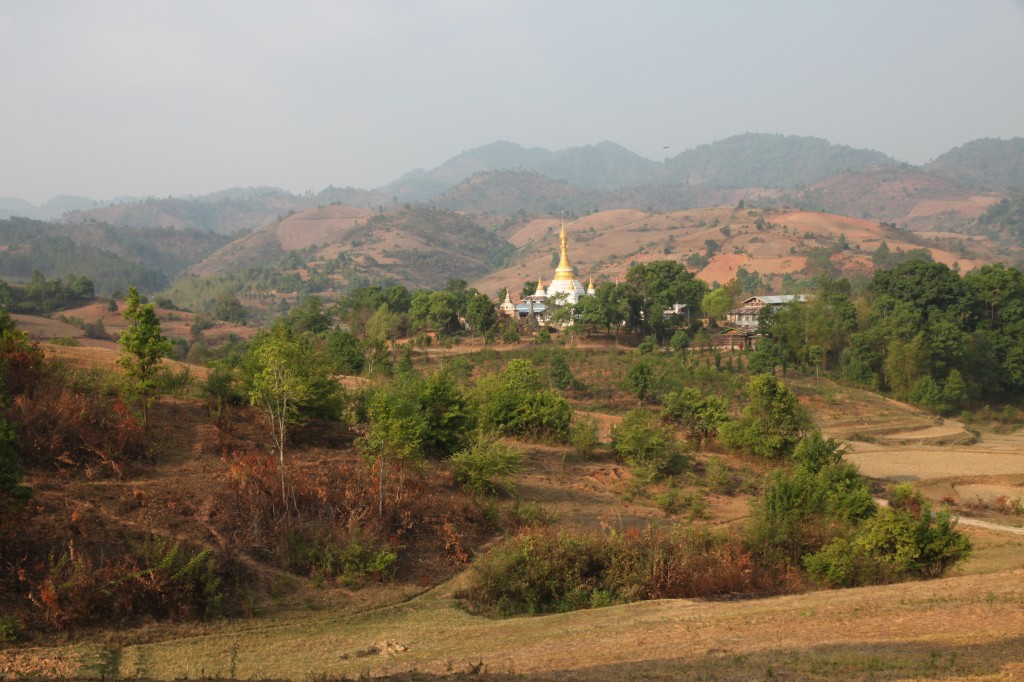
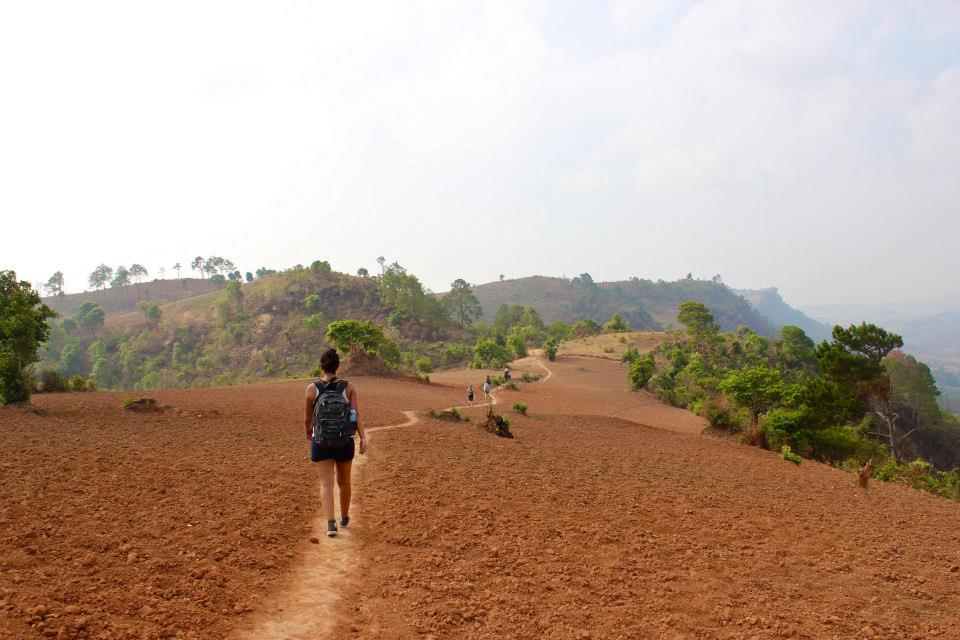

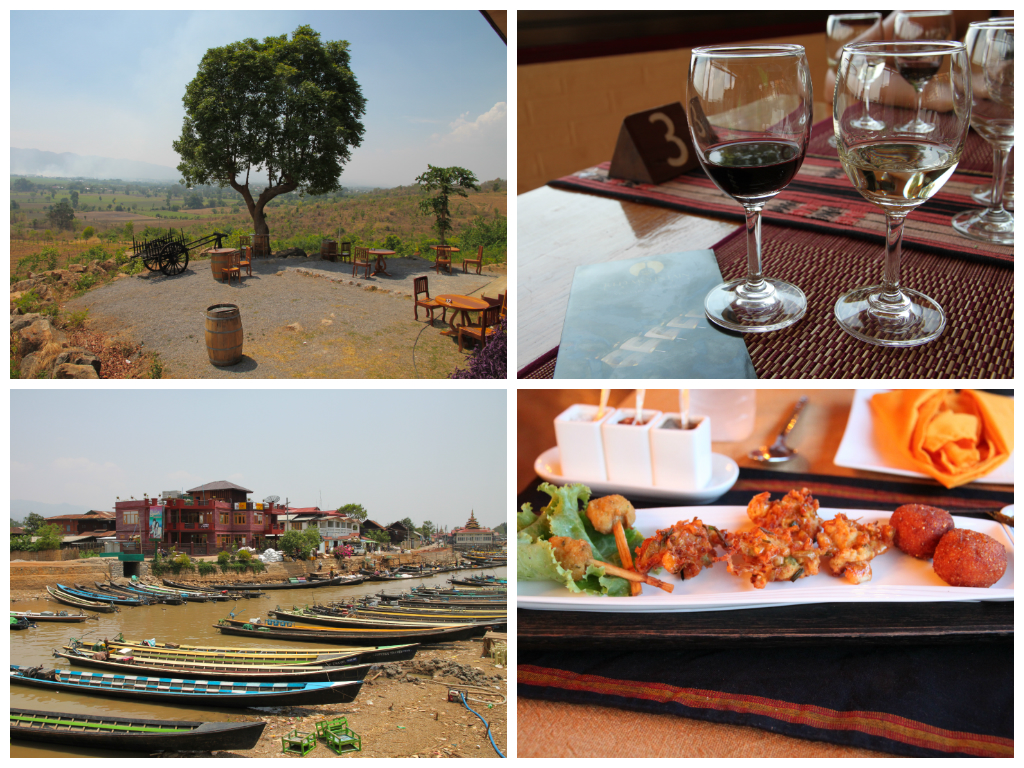
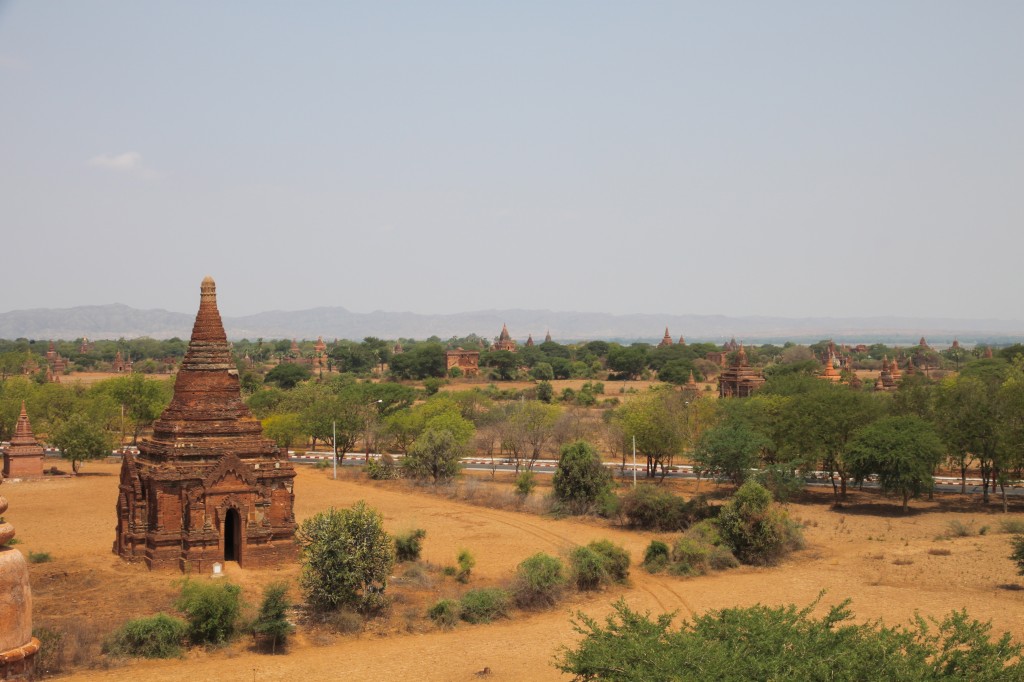


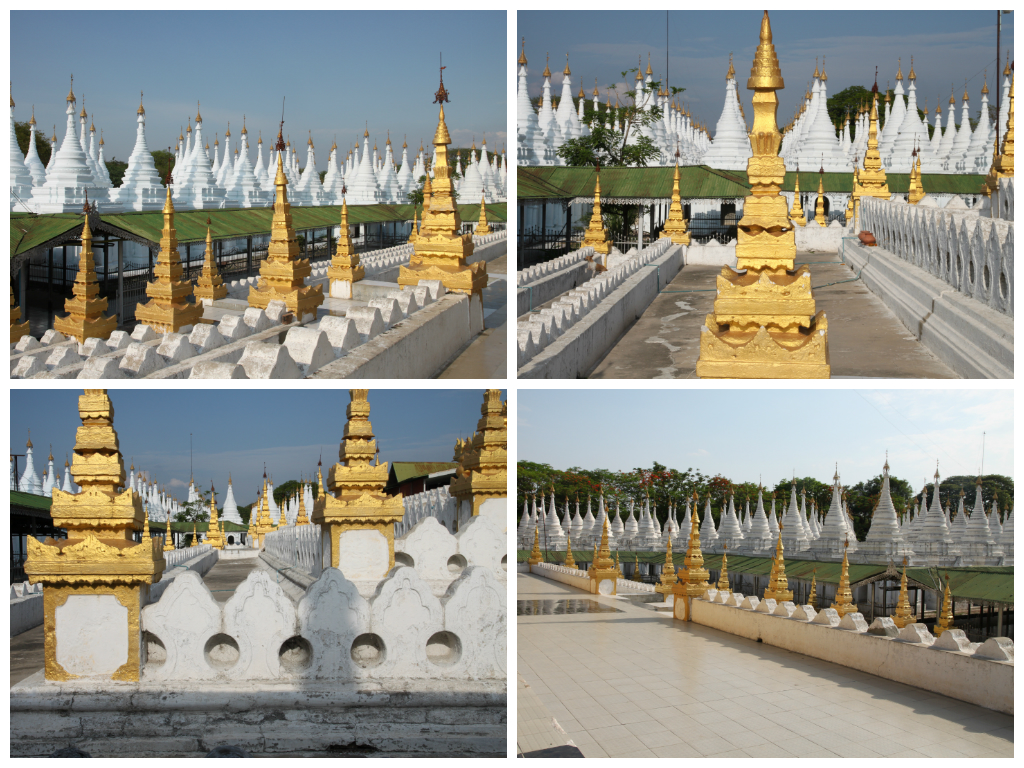
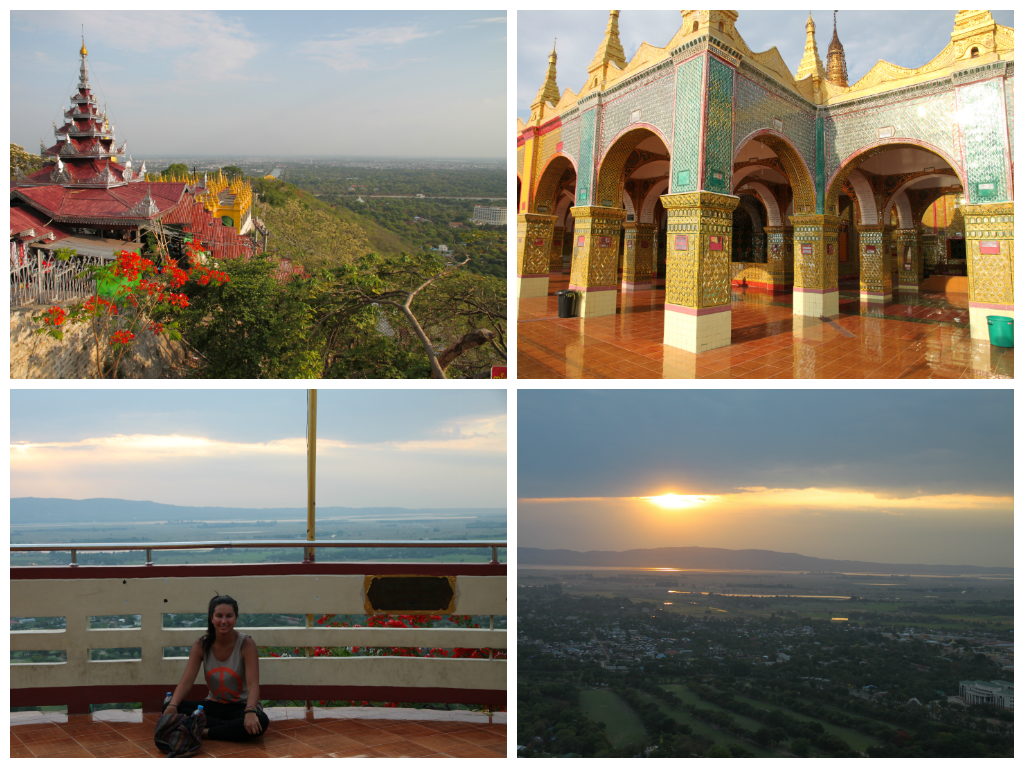



Great write-up! I would love to visit a tea house, I remember seeing Anthony Bourdain in one on his visit to Burma

Ashley of Ashley Abroad recently posted..Embracing My Inner Adrenaline Junkie: Canyoning in Dalat, Vietnam
Thanks Ashley! Yeah, I really enjoyed watching Anthony Bourdain is Burma after I’d visited. It was fun to see him visit a bunch of places I’d recently been.
Ohhh, Burma. I had pretty strong mixed feelings about that country after I left. It was also super hot when I was there, and I can´t believe you managed a trek. I totally feel your pain….that must have been so rough. On the other hand, I´m sure you saw a side of the country that most don´t– that´s the side I went to Burma in the first place to see!
Honestly, I wouldn´t go back….or recommened others to put it on their itinerary. Overall….I´m just not a fan!
Jessica Wray recently posted..How to Find the Right City in China for You
I still don’t really know how I feel about Burma. I don’t have strong feelings either way. I wouldn’t go out of my way to recommend it, but I wouldn’t dissuade others from going if there are in the area. The trek, for me, was a highlight of my whole 4 months in SE Asia which is probably why I didn’t dislike the country THAT much…
I went to Myanmar a couple of years ago and apart from a very misguided trip to the far north of the country, I really enjoyed my time there.
I also went to Red Mountain Estate and thought it was one of the highlights of my whole time in Burma…and the bike ride there was one of the lowlights (I’m pretty sure my fitness level would make you look like an Olympic athlete by comparison).
Overall, it sounds like not too much has changed since I was there, except for the increase in visitors and the corresponding increase in accommodation prices.
Daniel McBane recently posted..New Year’s Eve in Madrid: Eating 12 Grapes and Drinking Thousands
Yes, accommodation prices have gone up. A lot. And there are now ATMs and wifi is everywhere. I’m glad to hear it sounds the same as a few years ago, for the most part.
…and that is exactly why I skipped the bike ride and had someone drive me there I just couldn’t go through it after the trek…
I just couldn’t go through it after the trek…
That series of sunset pictures over Shwedagon Pagoda is really gorgeous. And I love that they have lamppost painted gold inside the complex to camouflage them in with the temple! I’m really looking forward to Burma for exactly the things you highlight here when my partner and I eventually make it to South East Asia.
Sam recently posted..Farewell to Manor Park Station
Thank you! You will definitely enjoy your time in Burma.
Sweetie, how easy/difficult was it to get the visa to Burma? Great temples, I would love the explore them. I crave a lot of dumplings these days in China.Now I can see why it’s been “the undiscovered gem of Southeast Asia”.
Agness recently posted..25 Unique Coffee Experiences From Around the World
The visa was REALLY easy to get, you just have to wait in a long line If you fill out the forms and give them everything you need, it shouldn’t be a problem at all. If you want any other info or help, shoot me an email
If you fill out the forms and give them everything you need, it shouldn’t be a problem at all. If you want any other info or help, shoot me an email 
Sounds wonderful. I also love watching the sunsets in Korea, though now that it’s winter, they’re a bit less than beautiful. I’m glad you had such a great time, the temples look spectacular! (And I’m not a temple kind of girl, either.)
Sally recently posted..Review: Fish Tree Guesthouse on Jeju Island
Korea had some of the most beautiful sunsets I’ve ever seen. Lovely over the mountains and apartment buildings in Seoul. And really, the temples of Burma were the best I’ve seen anywhere!
Wow. Burma has always been pretty high on the list of places I want to visit but now you’ve just made me want to go there all the more.
Good on you for the trek. I think asthma, poor fitness and flat feet always make me so nervous about doing those sorts of things. Some incredible photos taken by you though.
Ceri recently posted..In Defense of Vanilla Sex
Definitely go while you’re in Korea! I’m pretty sure you can get the visa in Seoul now, too! And yes, trekking with asthma is not fun. I was puffing on my inhaler quite a bit…
I visited almost the same places as you did, they were stunning, yet I didn’t fall in love with the country like so many people do. Maybe I had high expectations or just like in your trip, it was just too hot to do much. I wish I had done the trek though, looks wonderful; worth the effort…
Sarah recently posted..8 Days in South Vietnam